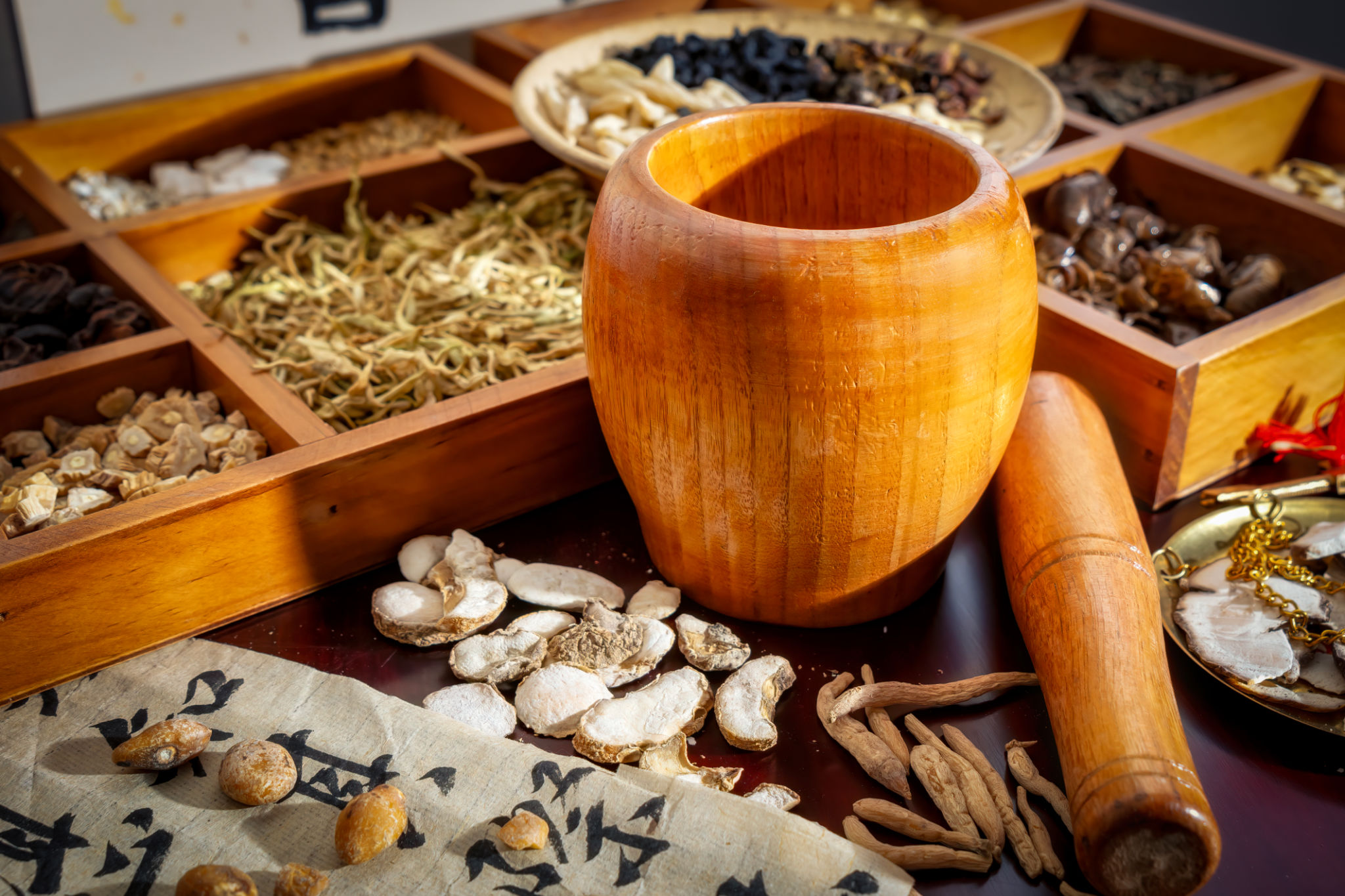How TCM and Acupuncture Address Chronic Pain: An In-Depth Look
Understanding Traditional Chinese Medicine (TCM)
Traditional Chinese Medicine (TCM) is a holistic approach to health that has been practiced for thousands of years. It focuses on restoring balance within the body and believes that health is achieved by harmonizing the body’s internal energies. TCM encompasses various practices, including herbal medicine, acupuncture, and dietary therapy, all aimed at promoting overall well-being.

One of the core principles of TCM is the concept of Qi (pronounced “chee”), which is the life force or energy that flows through the body. According to TCM, when Qi is balanced and flowing freely, the body is healthy. However, if Qi is blocked or deficient, it can lead to pain and illness. This philosophy underpins many TCM treatments for chronic pain.
The Role of Acupuncture in Pain Management
Acupuncture is one of the most well-known aspects of TCM and has gained popularity worldwide as an effective treatment for chronic pain. It involves the insertion of thin needles into specific points on the body to stimulate the flow of Qi and promote healing.
Research has shown that acupuncture can help reduce pain by stimulating the production of endorphins, the body’s natural painkillers. It also influences the nervous system, which can alter the perception of pain and improve overall function in affected areas. Many patients report significant relief from various types of chronic pain, including back pain, arthritis, and migraines after undergoing acupuncture therapy.

What to Expect During an Acupuncture Session
An acupuncture session typically begins with a consultation where the practitioner assesses the patient’s health and pain levels. The practitioner will then insert needles into specific acupuncture points, which are believed to correspond with different energy meridians in the body. The process is usually painless, with many people finding it relaxing.
Sessions can last from 30 minutes to an hour, and the number of sessions required depends on the individual’s condition and response to treatment. While some people experience immediate relief, others may need several sessions before noticing significant improvements.
Herbal Medicine as a Complementary Approach
In addition to acupuncture, TCM often incorporates herbal medicine to address chronic pain. Herbal remedies are tailored to each individual’s needs and aim to support the body’s natural healing processes. Common herbs used in TCM for pain management include turmeric, ginger, and white willow bark, known for their anti-inflammatory and analgesic properties.

Herbal medicine can be used alongside acupuncture to enhance its effects and provide a comprehensive approach to managing chronic pain. By addressing both the symptoms and underlying imbalances in the body, TCM practitioners aim to provide long-term relief and improve overall health.
The Benefits of Integrating TCM with Conventional Medicine
Integrating TCM with conventional medical treatments can offer a more holistic approach to managing chronic pain. Many patients find that combining these therapies provides better relief than relying solely on medication or surgery. TCM can also help reduce dependency on pain medications by offering alternative ways to manage discomfort.
Moreover, TCM emphasizes preventive care and encourages lifestyle changes that promote overall well-being. This focus on maintaining balance and preventing illness aligns well with modern approaches to health care, making it a valuable complement to conventional treatment plans.

Conclusion: Embracing a Holistic Path to Pain Relief
As more people seek natural and holistic approaches to health care, TCM and acupuncture continue to gain recognition for their effectiveness in addressing chronic pain. By focusing on restoring balance within the body and promoting overall wellness, these ancient practices offer a comprehensive path to relief.
Whether used alone or in conjunction with conventional treatments, TCM provides a unique perspective on health that can empower individuals to take charge of their well-being. As always, it is essential for patients to consult with qualified practitioners to determine the best course of action for their specific needs.
